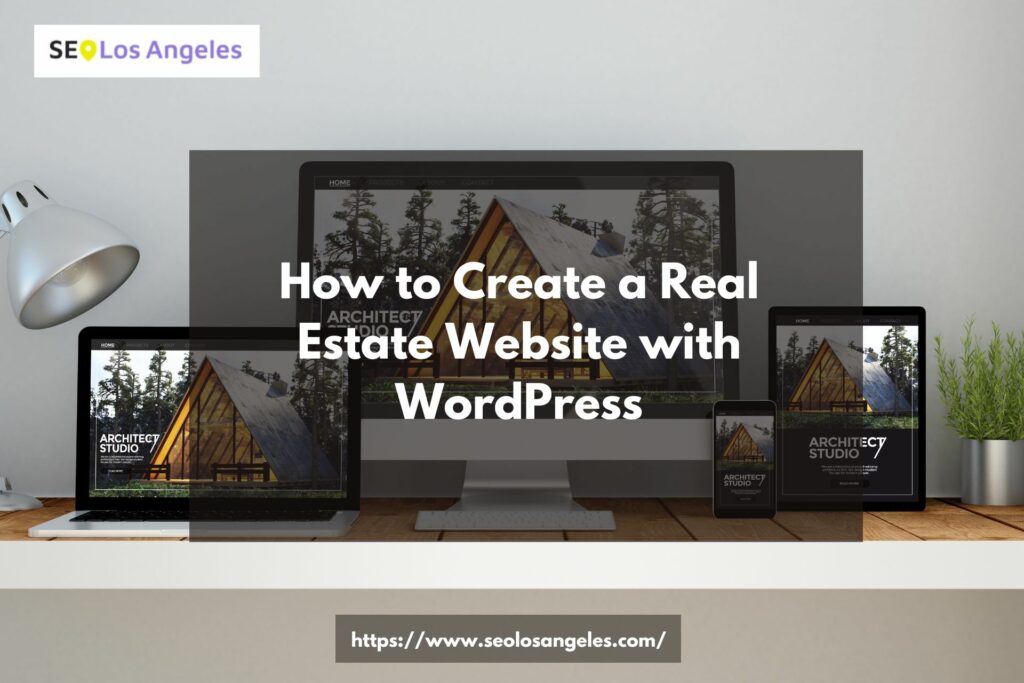In today’s digital age, establishing an online presence is crucial for real estate professionals. A robust website serves as a gateway to connect with potential clients, showcase properties, and build credibility in a competitive market. WordPress stands out as a versatile and user-friendly platform for crafting an impactful real estate website. In this comprehensive guide, we’ll delve into the step-by-step process of creating a powerful real estate website using WordPress.
Getting Started with WordPress
To embark on this journey, the first step is acquiring a domain and hosting service. WordPress offers flexibility, enabling users to opt for self-hosted WordPress.org or the hassle-free WordPress.com. For a professional real estate website, self-hosted WordPress.org provides more control, customization options, and scalability.
Choosing the Right Theme and Plugins
Selecting a suitable theme is pivotal in defining the website’s aesthetics and functionality. With WordPress, there’s an array of real estate-specific themes catering to diverse needs. Themes like “RealHomes” or “Houzez” offer customizable templates tailored for property listings, search functionalities, and captivating visuals.
Plugins further elevate the website’s capabilities. Essential plugins like “Elementor” for intuitive page building, “Yoast SEO” for optimizing content, and “WooCommerce” for potential property sales integration can enhance the site’s performance significantly.
Crafting Compelling Content
Content is the cornerstone of a successful real estate website. Engaging, informative, and SEO-optimized content can drive traffic and engage potential clients. Incorporate high-quality images, compelling property descriptions, and informative blog posts to captivate visitors.
Optimizing for Search Engines
In the competitive real estate landscape, visibility is key. Employing SEO strategies ensures that the website ranks higher in search engine results. Utilize long-tail keywords specific to the real estate niche, optimize meta titles and descriptions, and leverage local SEO tactics to target a relevant audience.
Integrating Property Listings and Features
A real estate website thrives on its ability to showcase properties effectively. Integrating a user-friendly property listing system with detailed descriptions, high-resolution images, interactive maps, and virtual tours can significantly enhance user experience and drive conversions.
Conclusion
Creating a real estate website with WordPress is a multifaceted process that amalgamates design, functionality, and content to create an impactful online presence. By leveraging WordPress’s versatility and employing effective strategies, real estate professionals can craft a compelling platform to attract and engage potential clients.
FAQs
1. Can I use free themes for my real estate website on WordPress?
Absolutely! While premium themes offer more features, there are excellent free themes available on WordPress that cater to real estate needs, such as “AgentPress Lite” or “ElegantEstate.”
2. Is it essential to regularly update plugins on my WordPress real estate website?
Yes, updating plugins is crucial for security, bug fixes, and enhanced functionality. Regular updates ensure your website runs smoothly and stays secure.
3. How can I optimize images for my real estate website?
Optimize images by resizing them appropriately without compromising quality. Additionally, use descriptive file names and include alt text that accurately represents the image content.
4. What are some effective strategies for generating leads through a WordPress real estate website?
Implement lead capture forms, offer valuable content like eBooks or guides in exchange for contact information, and engage visitors with informative blog content to attract potential leads.
5. Is it possible to integrate social media into my WordPress real estate website?
Yes, WordPress offers numerous plugins that allow seamless integration of social media buttons, feeds, and sharing options to enhance engagement and expand your online reach.
